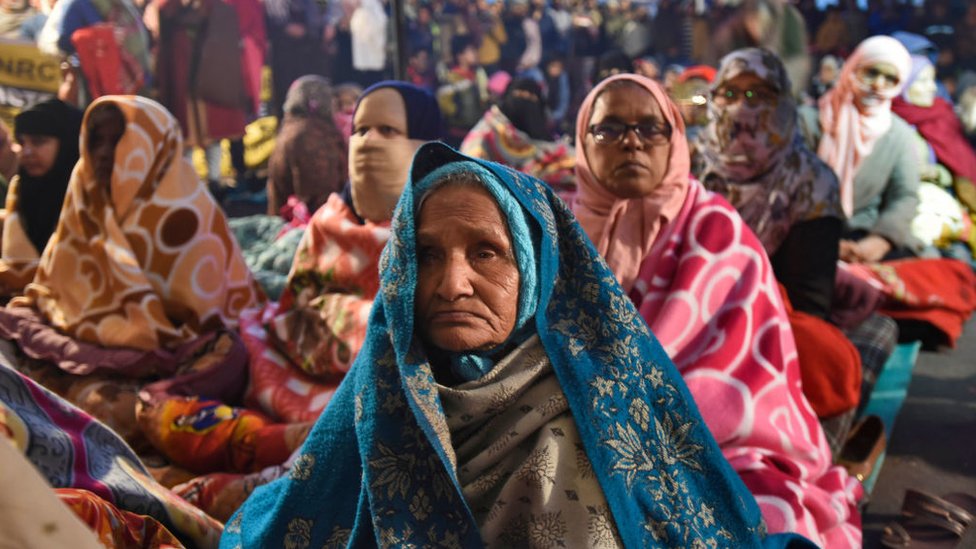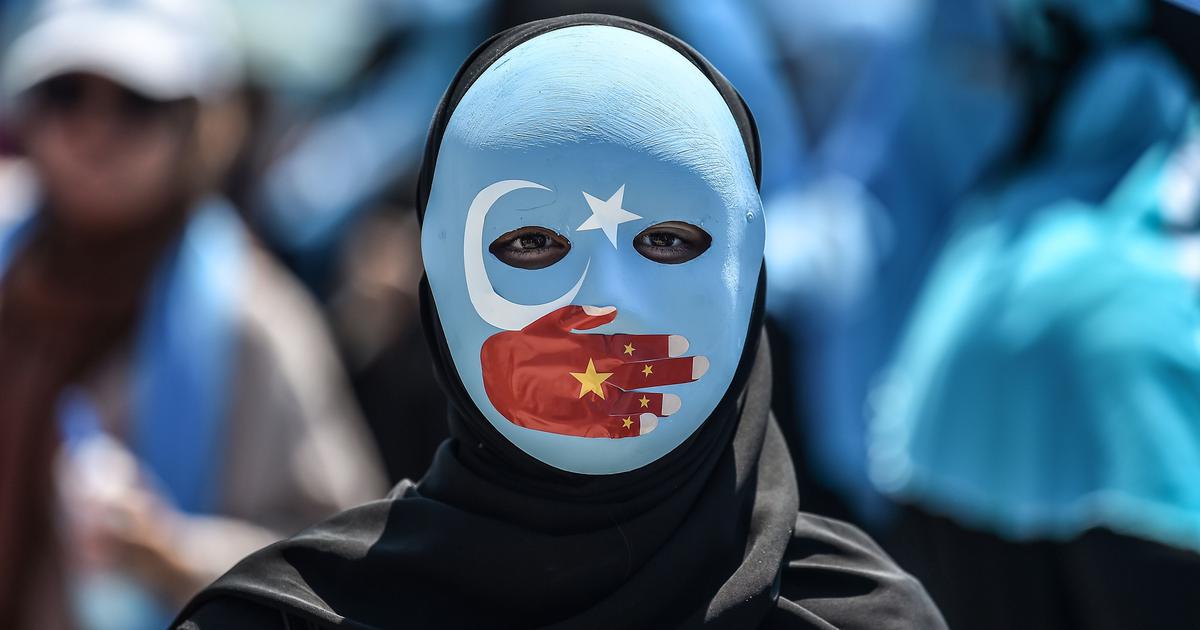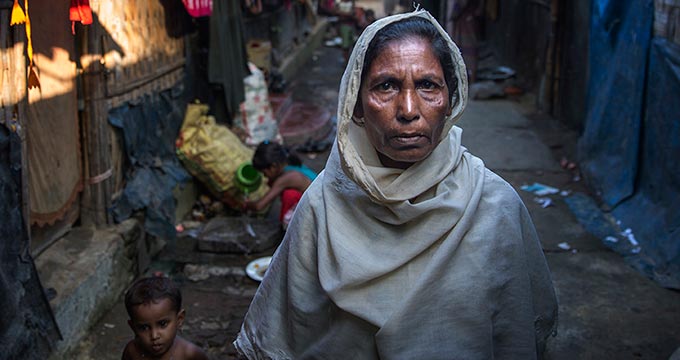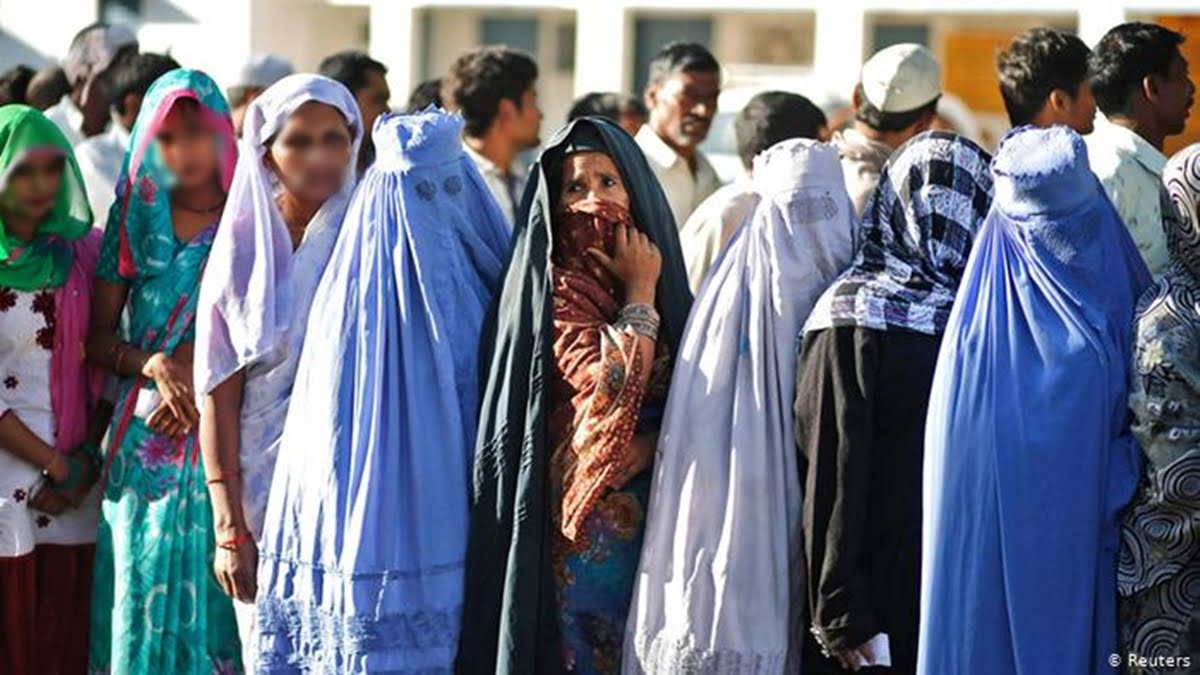The Western nation-states have their origins in chattel slavery, mercantile capitalism, and imperialism of the early modern period. Rooted in the exploitation of natives and their resources, the histories of Western colonial powers have long been identified as histories of genocides, loot, and indiscriminate killing. The (post)colonial nation-states in the Indian subcontinent, however, have based themselves on the identification of an imaginary enemy within. Notwithstanding their violent histories, they are all guilty of ‘othering’ and persecuting minority communities.
To take the case of current Indian politics, Urvashi Butalia has traced the CAA-NRIC-NPR project to the “unfinished business” of the 1947 Partition. Like others, she has pointed out how the project envisions a mythical Hindu Rashtra and fuels anti-Muslim propaganda. Not only does it threaten the fundamental rights of religious, ethnic, and gender minorities in the country but also foretells another refugee crisis in the making. It is in light of these issues that the social theorists indicated that ‘secular’ India, through the political Hindu Right’s communal amendments to the citizenship laws, veers towards its self-destruction. For, the ethnic cleansing of Bengali Hindus from East Pakistan (Bangladesh), in response to the theft of Prophet’s hair from Hazratbal shrine, exposed the porous nature of borderlines. Amitav Ghosh’s novel The Shadow Lines had offered its most poignant representation and highlighted how, within a shared socio-cultural landscape between the nation-states in South Asia, the persecution of Indian Muslims would not go unremembered.
Also read: The Status of India’s Muslim Women Amid State-Directed Violence and COVID-19

But what continues to be overlooked is the ramification of state violence on marginalised women. Living in ghettoes to protect themselves from the rabid Hindu Right, Muslim women’s position has also led to their silence over the gendered violence they face at the hands of their men. The fear of motivated persecution by biased institutions has left Muslim women hesitant to seek legal help. The Shah Bano case in the 80s and this incisive analysis of the current discourse against ‘Love Jihad’ by Zeenia Parveen both show the differential consequences Muslim women suffer on account of their doubly-subjugated position. However, to move beyond the contextual framework of India, the rise of ‘state terrorism’ is an equally important political development in the nation-states of Myanmar (Burma) and China. The Chinese government’s crackdown on the Uighur Muslims in the Xinjiang region and the Burmese military’s on Rohingyas in the northern Rakhine State remain notorious for their adverse consequences for Muslim women.
What continues to be overlooked is the ramification of state violence on marginalised women. Living in ghettoes to protect themselves from the rabid Hindu Right, Muslim women’s position has also led to their silence over the gendered violence they face at the hands of their men.

The Human Rights Watch’s 2017 report attributed the exodus of half a million Rohingya Muslims from the northern Rakhine State to the Arakan Rohingya Salvation Army’s destruction of thirty police posts and an army base. While it was necessary to respond to these attacks, the Burmese military, supported by the Border Police, instead launched “large-scale attacks against the Rohingya villages under the guise of counter-insurgency operations.” In addition to military violence and decimation of entire villages in northern Buthiduang and Maungdaw, the Burmese military “committed widespread rape against women and girls as part of a campaign of ethnic cleansing against Rohingya Muslims.” A particular form of gendered violence, rape was used “to terrify women, individual girls, but also whole communities, leaving them traumatised and full of fear in their memories of home, afraid to go back.” Fatima Begum, a sexual assault survivor, sheltered in the Balukali refugee camp in Bangladesh had related:
“I was held down by six men and raped by five of them. First, they [shot and] killed my brother … then they threw me to the side, and one man tore my lungi [sarong], grabbed me by the mouth and held me still. He stuck a knife into my side and kept it there while the men were raping me. That was how they kept me in place … I was trying to move, and [the wound] was bleeding more. They were threatening to shoot me.”

What emerged as a common point in the widespread sexual abuse against the Rohingya women is that the “perpetrators were uniformed members of security forces, almost all military personnel.” The absence of punitive action against the Burmese military for its “crimes against humanity [Rohingya women] under international law” despite glaring evidence demonstrates how women’s bodies become targets of the state-sanctioned (gendered) violence. However, the masculine State’s active reliance upon ‘masters’ tools’ (to borrow from Audre Lorde) that exploit women remains ill-understood. China’s forced sterilisation of Uighur women is another example.
Beijing’s crackdown on two of the largest Uighur provinces in Xinjiang came in the wake of a militant separatist movement. To curb the growing opposition towards the communist rule, Beijing sanctioned policies related to “mass incarceration, indoctrination, extrajudicial detention, invasive surveillance, forced labour, and the destruction of Uyghur cultural sites… together with other forms of abuse.” This is China’s ‘biopolitical warfare’ against its ethnic minorities and, in the words of Adrian Zenz, is a “demographic campaign of genocide.”
Beijing’s control over the detention centres and state-sponsored boarding schools in Xinjiang are components of a forced assimilation campaign that seeks to instil the “love [of] the party, love [of] the motherland, and love [of] the people.” While the older generation is being indoctrinated in what the Chinese state identifies as “re-education” centres, its interference into the biological-reproductive economy is taking care of the new. A BBC news report points out that China’s forced sterilisation of Uighur women through contraceptive insertions has led to about an 84% decline in the population growth rate of Uighur Muslims and listed under the UN Convention criteria on the Prevention and Punishment of the Crime of Genocide. But there has been no major news coverage in the international arena to raise awareness about the ongoing human rights violations in China.
This identification of Muslim women’s bodies as targets of state violence such that “Hans Chinese [women] have been spared the abortions, sterilisations, IUD insertions and detentions” depicts the importance of Crenshaw’s ‘intersectionality’ framework to understand the violence that marginalised women face on account of their overlapping identities in South Asia.
For their part, the Uighur women have raised concerns about the threat of detention and injections that tamper with their menstrual flow “consistent with the effect of birth control drugs.” One article poignantly brought out the communal angle to the persecution of ethnic minority women in China and reported that “Gulnar Omirzakh, a Chinese-born Kazakh, was ordered to get an IUD inserted after having her third child … Two years later, in January 2018, four officials in military camouflage knocked at her door anyway and handed Omirzakh, the penniless wife of a detained vegetable trader, three days to pay a 17,5000 RMB (£2,000) fine for having more than two children.” This identification of Muslim women’s bodies as targets of state violence such that “Hans Chinese [women] have been spared the abortions, sterilisations, IUD insertions and detentions” depicts the importance of Crenshaw’s ‘intersectionality’ framework to understand the violence that marginalised women face on account of their overlapping identities in South Asia.
Featured image source: DW
About the author(s)
Kirti writes on gender for FII. She's available at reachkirtigoyal@gmail.com




